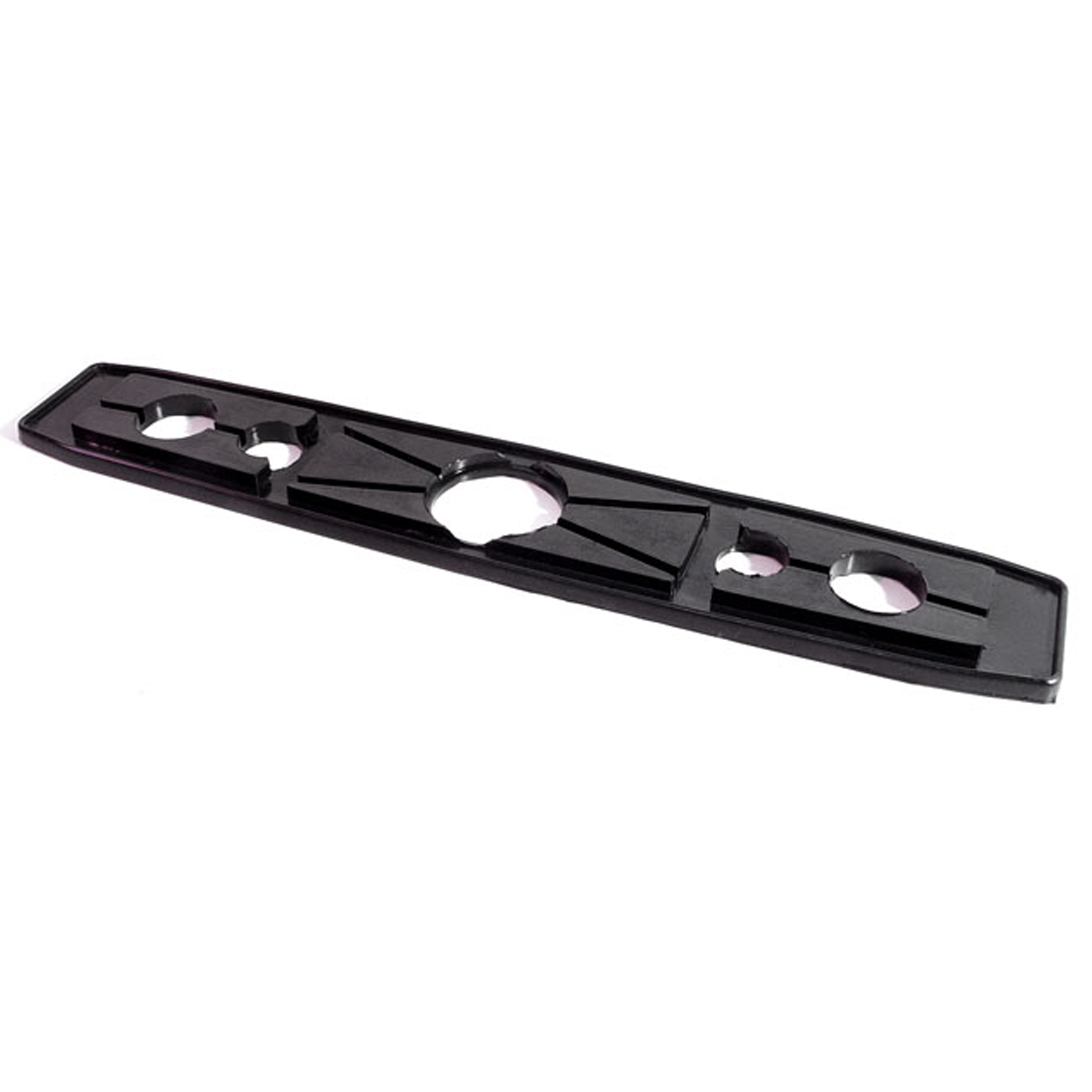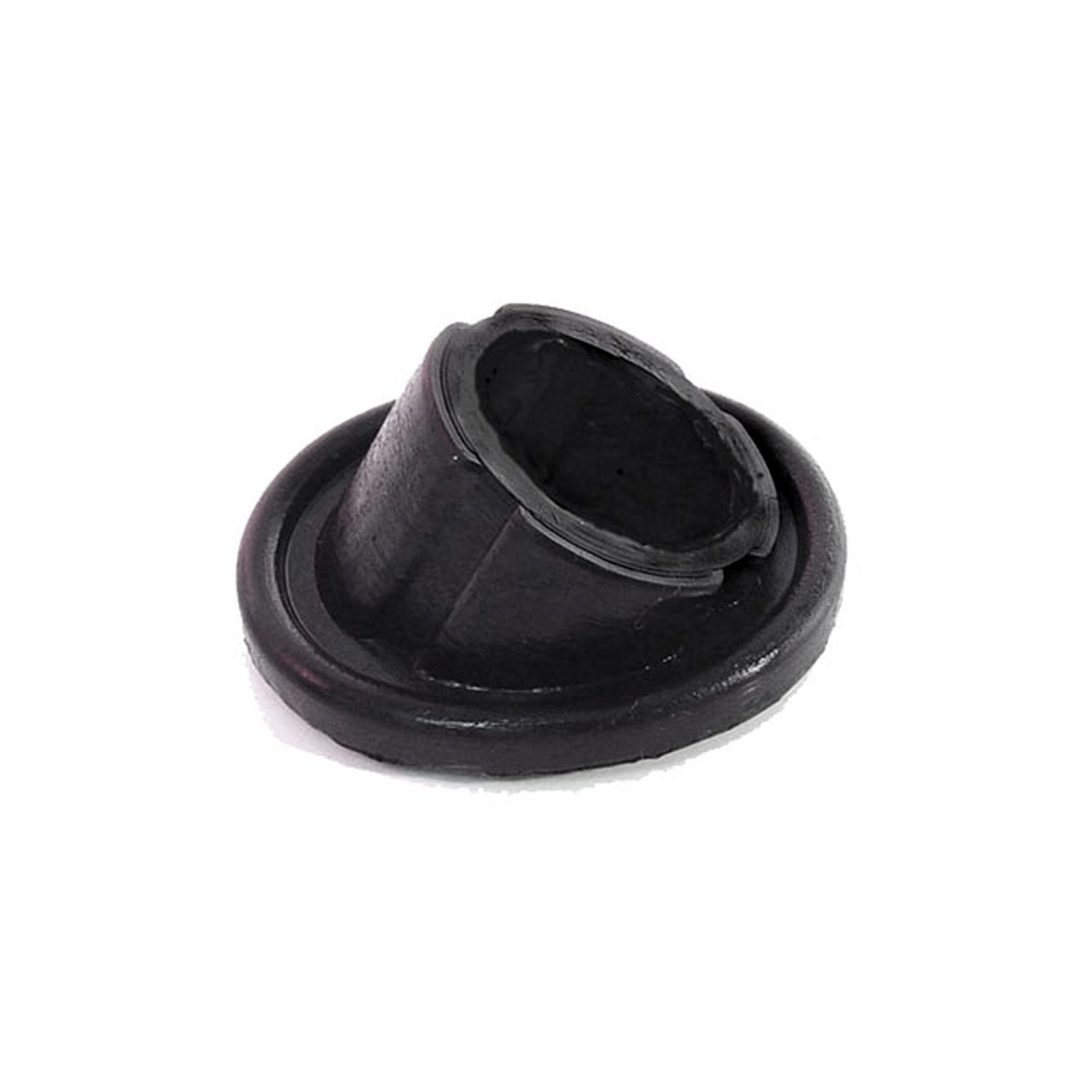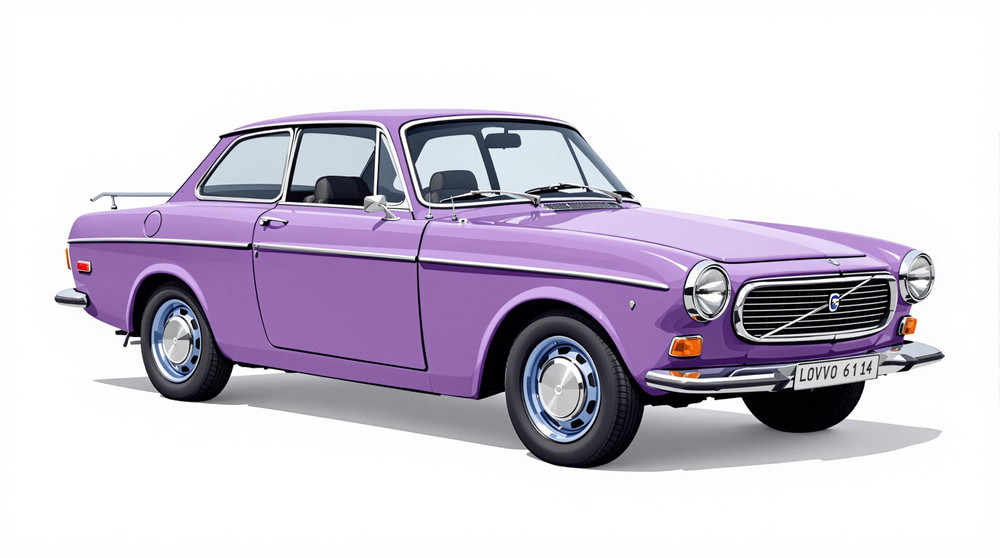Image of 1971 Volvo 142, Note: These illustrations use artistic license and may differ from actual historical models.
Performance Metrics
Fundamental Metrics
Emotional Appeal
MMP Rating
| Engine Specifications | |
|---|---|
| Engine: | B20 Inline 4-cylinder engine |
| Displacement: | 1986 cc |
| Horsepower: | 82-130 hp |
| Torque: | 167 Nm |
| Compression Ratio: | 8.7:1 |
| Ignition System: | Electronic ignition |
| Cooling System: | Water-cooled |
| Performance Specifications | |
| 0-60 Time: | 12.5 seconds |
| 1/4 Mile Time: | 18 seconds |
| Top Speed: | 105 mph |
| Transmission and Drive | |
| Drive Type: | Rear-wheel drive |
| Transmission Type: | 4-speed manual or 3-speed automatic |
| Fuel and Efficiency | |
| Fuel System Type: | Carburetor |
| MPG: | 20-25 mpg |
| Dimensions and Brakes | |
| Brakes: | Disc brakes front, drum brakes rear |
| Wheelbase: | 96.5 inches |
| Weight: | 2,400 lbs |
Note: Specifications for classic cars are given to the best of our ability, considering the limited and variant data available.
1971 Volvo 142: A Testament to Swedish Engineering
The 1971 Volvo 142 glides into the annals of automotive history with a quiet dignity that belies its sturdy construction and reliable performance. Born in the heart of Sweden, this vehicle emerged from a manufacturer known for prioritizing safety and durability. At a time when the world was pivoting from the swinging sixties to a more pragmatic era, the Volvo 142 stood as a testament to sensible automotive design. One unique fact that car enthusiasts might find fascinating is that the 142's sibling, the 144, was the first car to feature seat belts as standard equipment – a feature that has undoubtedly saved countless lives.
Design and Innovation
With its distinctive Scandinavian design, the exterior of the Volvo 142 boasted clean lines and an understated elegance that was both modern and timeless. The interior was a sanctuary of functionality, with high-quality materials and an ergonomic layout that prioritized driver comfort. Technologically, it featured innovations such as energy-absorbing crumple zones and a safety dashboard. The color palette ranged from subdued hues to bolder shades, with popular choices including Sea Green and Cypress Green. The two-door sedan body style was particularly iconic, offering both practicality and style.
Historical Significance
The 1971 Volvo 142's impact on automotive design cannot be overstated. It set new standards in safety features and reliability, influencing not just its contemporaries but also future generations of vehicles. Its legacy is evident in the modern emphasis on vehicle safety and the widespread adoption of features first pioneered by Volvo.
Performance and Handling
Underneath its composed exterior, the Volvo 142 was no slouch in performance. With a respectable top speed and an acceleration from 0-60 mph that could compete with its peers, it offered a solid driving experience. The handling was characterized by stability and predictability, making it well-suited for both city driving and longer journeys. Owners often recall the distinct hum of its engine and the reassuringly solid feel of its ride.
Ownership Experience
The 1971 Volvo 142 served many roles – from a dependable daily driver to a cherished show car. Its reputation for reliability meant that maintenance was straightforward, endearing it to owners who valued ease of repair. This accessibility has helped maintain a loyal following even decades after its release.
Fun Facts
Among trivia enthusiasts, the Volvo 142 is known for some rare editions that are highly sought after by collectors. While not known for breaking speed records, it held its own in endurance tests. Despite criticisms over its conservative styling or performance limitations compared to sports cars of the era, it has made appearances in various historical events and remains a beloved classic.
Collector's Information
Today, the value range for a well-maintained 1971 Volvo 142 can vary widely based on condition, mileage, and originality. With production numbers in the tens of thousands, they are relatively rare but still accessible to enthusiasts looking to own a piece of Volvo history. Price trends suggest an appreciation in value as nostalgia for classic cars continues to grow.
Conclusion
In summary, the 1971 Volvo 142 stands as an emblem of Swedish practicality fused with innovative safety features. Its enduring appeal lies in its blend of simplicity, reliability, and timeless design – qualities that continue to endear it to collectors and classic car aficionados around the world.
1971 Volvo 142 Catalog of Parts
 1971 Volvo 142 License / Back-up Light to Body Gasket. Each-MB 25License / Back-up Light to Body Gasket. Each
1971 Volvo 142 License / Back-up Light to Body Gasket. Each-MB 25License / Back-up Light to Body Gasket. Each 1971 Volvo 142 Wiper Post Gasket. For wiper transmission-SM 35-BWiper Post Gasket. For wiper transmission. Two used per car. Each
1971 Volvo 142 Wiper Post Gasket. For wiper transmission-SM 35-BWiper Post Gasket. For wiper transmission. Two used per car. EachWhy Choose Metro?
For over 100 years, Metro Moulded Parts has been the pinnacle of quality in classic car restoration parts. Our commitment to precision and authenticity in every component ensures a perfect fit and an OEM-level appearance.
- Expert Craftsmanship & Quality: Each part is a testament to our dedication to reliability and perfection, crafted from original designs and thoroughly tested.
- Advanced Technology: We use cutting-edge techniques to create flawless, long-lasting parts that surpass others in performance.
- SuperSoft Sponge – The Ultimate Door Seal: Not only are our door seals 30% softer than competitors', but they're also guaranteed to never leak. They effectively reduce wind and road noise, enhancing your classic car's comfort and driving experience.
- Proudly American: Our parts are a product of American craftsmanship, made in the USA with a spirit of excellence and heritage.
- Unrivaled Warranty: We back our products with a 30-year industry-leading warranty, a testament to our confidence in their quality.
Join us in preserving the legacy of classic cars with parts that are crafted for perfection, not just made.

